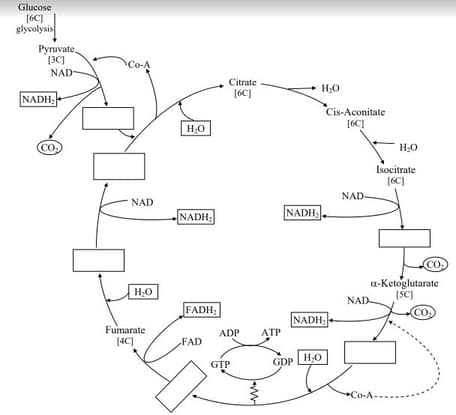Embibe Experts Solutions for Chapter: Respiration, Exercise 1: Maharashtra Board-2018
Author:Embibe Experts
Embibe Experts Biology Solutions for Exercise - Embibe Experts Solutions for Chapter: Respiration, Exercise 1: Maharashtra Board-2018
Attempt the free practice questions on Chapter 7: Respiration, Exercise 1: Maharashtra Board-2018 with hints and solutions to strengthen your understanding. EMBIBE CHAPTER WISE PREVIOUS YEAR PAPERS FOR BIOLOGY solutions are prepared by Experienced Embibe Experts.
Questions from Embibe Experts Solutions for Chapter: Respiration, Exercise 1: Maharashtra Board-2018 with Hints & Solutions
MEDIUM
12th Maharashtra Board
IMPORTANT
What is 'glycolysis'? Describe various steps involved in glycolysis using schematic representation.
EASY
12th Maharashtra Board
IMPORTANT
State the significance of respiration.
EASY
12th Maharashtra Board
IMPORTANT
Explain the mechanism of anaerobic respiration.
EASY
12th Maharashtra Board
IMPORTANT
Define fermentation. Write the names of substrate of alcoholic and lactic acid fermentation.
HARD
12th Maharashtra Board
IMPORTANT
Write down the names of missing intermediate compounds in a sequence in the given diagrammatic representation of Kreb’s cycle.
EASY
12th Maharashtra Board
IMPORTANT
_____ is the common pathway for aerobic and anaerobic respiration.

